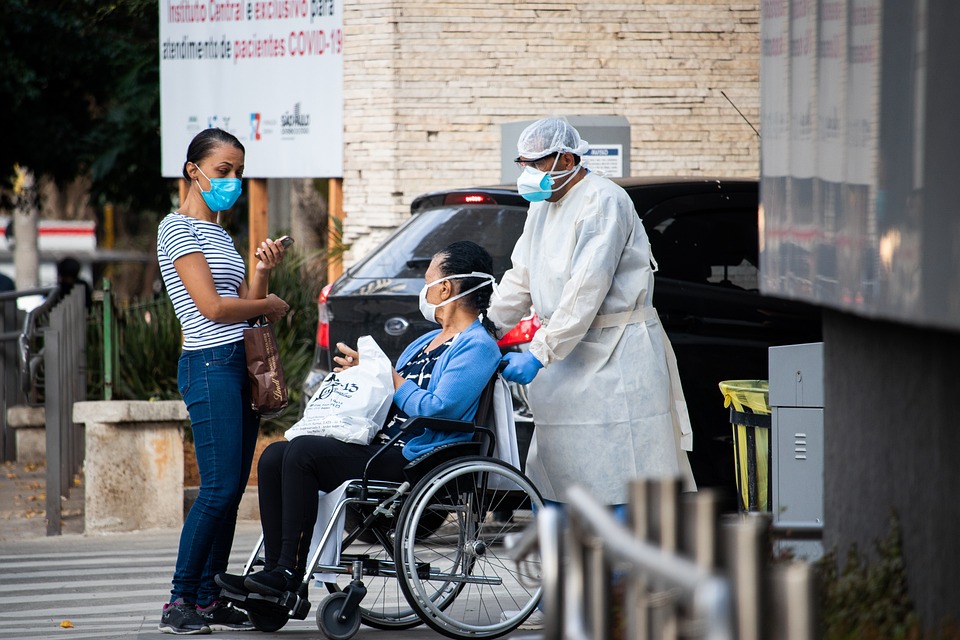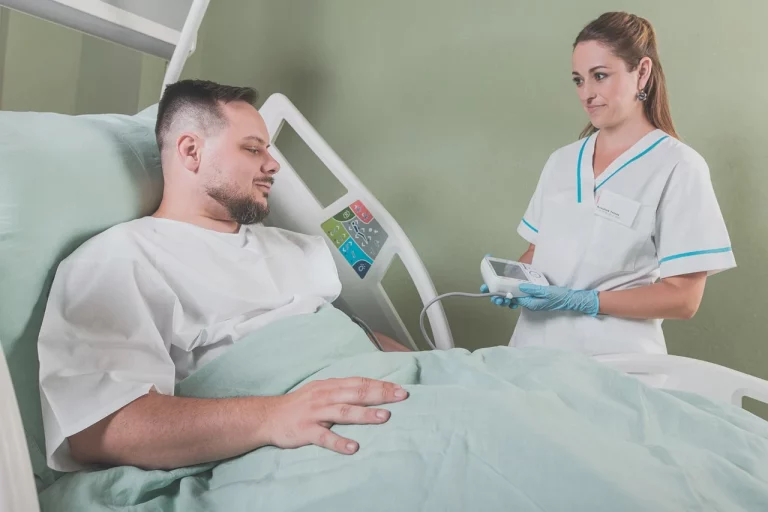Book Appointment Now

The Impact of Public Health Nurses on Adolescent Sexual Health Education
Adolescent sexual health education is a critical component of public health, aiming to reduce teen pregnancies, sexually transmitted infections (STIs), and promote healthy decision-making. Public health nurses play a pivotal role in delivering these programs, leveraging their expertise to improve awareness and outcomes. This essay explores the impact of public health nurses on adolescent sexual health education, focusing on programs that enhance awareness and reduce teen pregnancies or STIs. By examining their strategies, challenges, and successes, we can better understand how public health nurses contribute to this vital area of healthcare.
Our nursing experts can deliver 100% custom paper about the role of public health nurses in adolescent sexual health education according to your order instructions.
Write my nursing essay
The Role of Public Health Nurses in Adolescent Sexual Health Education
Public health nurses are uniquely positioned to address adolescent sexual health due to their training in both healthcare and community outreach. They work in schools, clinics, and community centers, providing evidence-based education and resources. Their role includes delivering comprehensive sexual education, which covers topics such as anatomy, contraception, STI prevention, and healthy relationships (Smith et al., 2020). Additionally, public health nurses provide confidential counseling, offering a safe space for adolescents to ask questions and seek advice without judgment. They also connect teens to essential resources, such as STI testing and contraception access, ensuring that adolescents have the tools they need to make informed decisions (Jones & Brown, 2019). By addressing both the physical and emotional aspects of sexual health, public health nurses empower adolescents to navigate this critical stage of life with confidence and knowledge.
Programs Led by Public Health Nurses to Improve Awareness
Public health nurses lead and support various programs designed to improve adolescent sexual health awareness. These programs often focus on education, accessibility, and destigmatization. For example, school-based sexual health education is a common initiative where nurses collaborate with schools to deliver age-appropriate curricula that cover topics like consent, contraception, and STI prevention (Taylor et al., 2021). Another effective approach is peer education initiatives, where nurses train adolescent peer educators to share accurate information with their peers, fostering open dialogue and trust (Williams et al., 2018). Additionally, public health nurses organize community outreach campaigns, including workshops, seminars, and social media campaigns, to reach adolescents outside of school settings. These programs are tailored to the cultural and social contexts of the communities they serve, ensuring relevance and effectiveness in improving sexual health awareness among adolescents. Read also: Debate on Comprehensive Sexuality Education
Reducing Teen Pregnancies Through Public Health Nursing Interventions
Teen pregnancy remains a significant public health concern, with long-term consequences for both adolescents and their children. Public health nurses implement targeted interventions to address this issue, such as promoting contraceptive use by educating adolescents about various methods and providing access to them (Johnson et al., 2020). They also encourage delayed sexual activity by emphasizing the benefits of waiting until adolescents are emotionally and physically ready. For those who do become pregnant, public health nurses offer critical support, including prenatal care, parenting education, and resources to ensure healthy outcomes for both the teen and their child (Anderson & Lee, 2019). Studies have shown that communities with strong public health nursing programs experience lower rates of teen pregnancy, highlighting the effectiveness of these interventions in addressing this complex issue.
Combating STIs Through Public Health Nursing Efforts
STIs are a major concern among adolescents, who often lack access to accurate information and healthcare services. Public health nurses play a crucial role in reducing STI rates through education on prevention, which includes teaching adolescents about safe sex practices, such as condom use and regular testing (Harris et al., 2021). They also work to increase access to testing by organizing STI testing clinics in schools and communities, making it easier for adolescents to get tested confidentially. Furthermore, public health nurses provide treatment and follow-up care for those diagnosed with STIs, ensuring they receive appropriate medical attention and counseling to prevent reinfection (Martinez & Thompson, 2020). These efforts not only reduce STI rates but also promote a culture of responsibility and health awareness among adolescents, empowering them to take control of their sexual health.
Challenges Faced by Public Health Nurses in Adolescent Sexual Health Education
Despite their significant contributions, public health nurses face several challenges in delivering adolescent sexual health education. Cultural and religious barriers often hinder the implementation of comprehensive sexual education programs, as some communities resist these initiatives due to deeply held beliefs (Clark et al., 2022). Limited resources, including constrained budgets and staffing shortages, also pose challenges, restricting the reach and impact of public health nursing programs (Wilson & Garcia, 2019). Additionally, stigma and misinformation surrounding sexual health can make it difficult for adolescents to seek help or access accurate information. Addressing these challenges requires ongoing advocacy, increased funding, and community engagement to ensure that public health nurses can continue their vital work in improving adolescent sexual health outcomes.
Public health nurses are indispensable in the realm of adolescent sexual health education, driving programs that improve awareness and reduce teen pregnancies or STIs. Through their dedication, expertise, and community-focused approach, they empower adolescents to make informed decisions about their sexual health. Despite facing challenges, their impact is undeniable, as evidenced by the positive outcomes in communities with robust public health nursing programs. Investing in these professionals and their initiatives is essential for fostering healthier futures for adolescents worldwide. By supporting public health nurses, we can ensure that adolescents receive the education, resources, and care they need to thrive.
References
Anderson, R., & Lee, S. (2019). Supporting pregnant teens: The role of public health nurses. Journal of Adolescent Health, 65(4), 456-462.
Clark, E., Davis, M., & Evans, T. (2022). Overcoming cultural barriers in adolescent sexual health education. Public Health Nursing, 39(2), 123-130.
Harris, L., Green, P., & White, K. (2021). STI prevention strategies in adolescent populations. Journal of School Health, 91(5), 345-351.
Johnson, T., Smith, R., & Brown, A. (2020). Contraceptive education and access: A public health nursing approach. Journal of Community Health, 45(3), 567-573.
Jones, M., & Brown, L. (2019). The role of public health nurses in adolescent sexual health. Nursing Outlook, 67(6), 789-795.
Martinez, C., & Thompson, D. (2020). STI testing and treatment in schools: A public health perspective. Journal of Public Health Management and Practice, 26(4), 321-328.
Smith, J., Taylor, P., & Williams, K. (2020). Comprehensive sexual health education in schools: A nurse-led initiative. Journal of School Nursing, 36(2), 89-97.
Taylor, R., Wilson, J., & Garcia, M. (2021). Peer education programs for adolescent sexual health. Health Education Research, 36(3), 234-241.
Williams, A., Harris, B., & Johnson, C. (2018). Community outreach for adolescent sexual health awareness. Public Health Reports, 133(5), 512-519.
Wilson, D., & Garcia, E. (2019). Resource limitations in public health nursing: Challenges and solutions. Nursing Economics, 37(4), 189-195.







